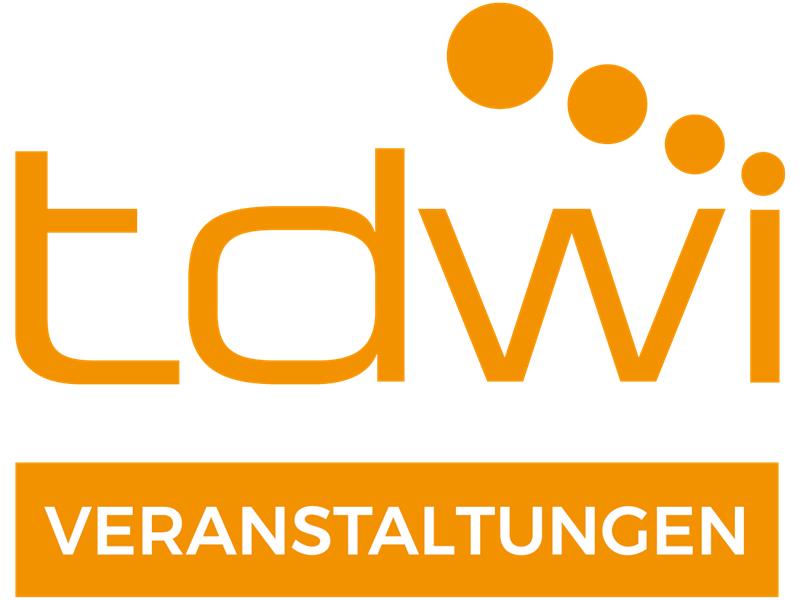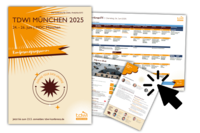Hier könnt ihr die Programmübersicht der TDWI München 2025 mit einem Klick als PDF herunterladen.
Detecting damage to roads, rails, and vehicles – using classical ML methods
AI enhances mobility infrastructure by detecting damage to roads, rails, cars, and cable cars early using AI algorithms. Analyzing high-frequency vibration data helps identify anomalies and wear patterns, preventing costly failures. Modern edge AI and cloud technologies enable cost-efficient, scalable systems. Real project examples show how these technologies reduce costs, increase availability, and optimize maintenance processes.
Target Audience: Infrastructure Managers and Engineers, Technology and Innovation Leaders, Government and Urban Planners, Business Executives and Decision Makers
Prerequisites: Basic Understanding of AI and Machine Learning, Interest in Predictive Maintenance
Level: Basic
Extended Abstract:
Artificial intelligence can significantly enhance the security and optimization of mobility infrastructure. This presentation explores practical approaches for the early detection of damage to roads, rails, vehicles, and cable cars using advanced AI algorithms. By analyzing high-frequency vibration data, AI can identify anomalies and wear patterns early, preventing costly failures. Modern edge AI and cloud technologies facilitate the cost-effective development of scalable systems. Real-world project examples illustrate how these technologies reduce costs, increase availability, and optimize maintenance processes, ultimately leading to more efficient and reliable infrastructure management.
Managing Partner
Danny Claus is a Managing Partner at doubleSlash, specializing in the development of IoT and AI applications. Additionally, he is responsible for the doubleSlash Munich office and leads a delivery team there.



